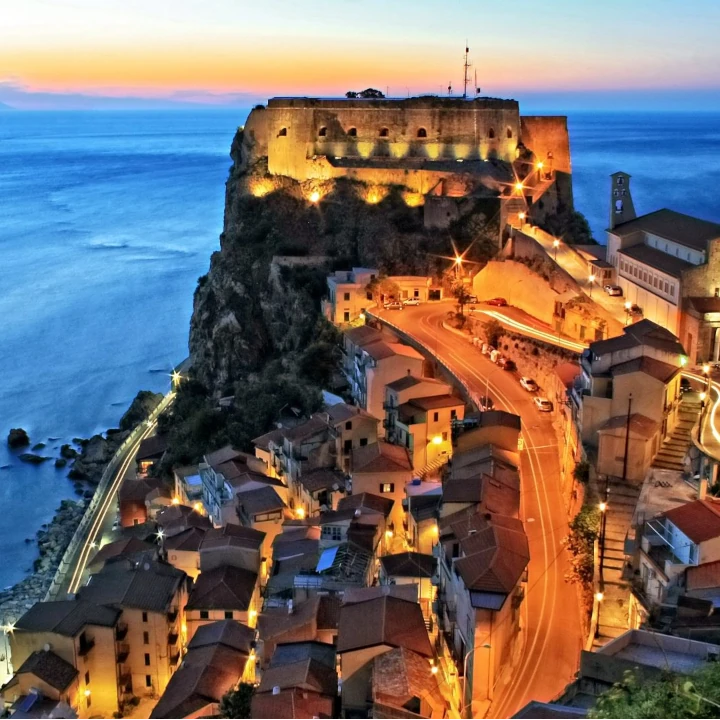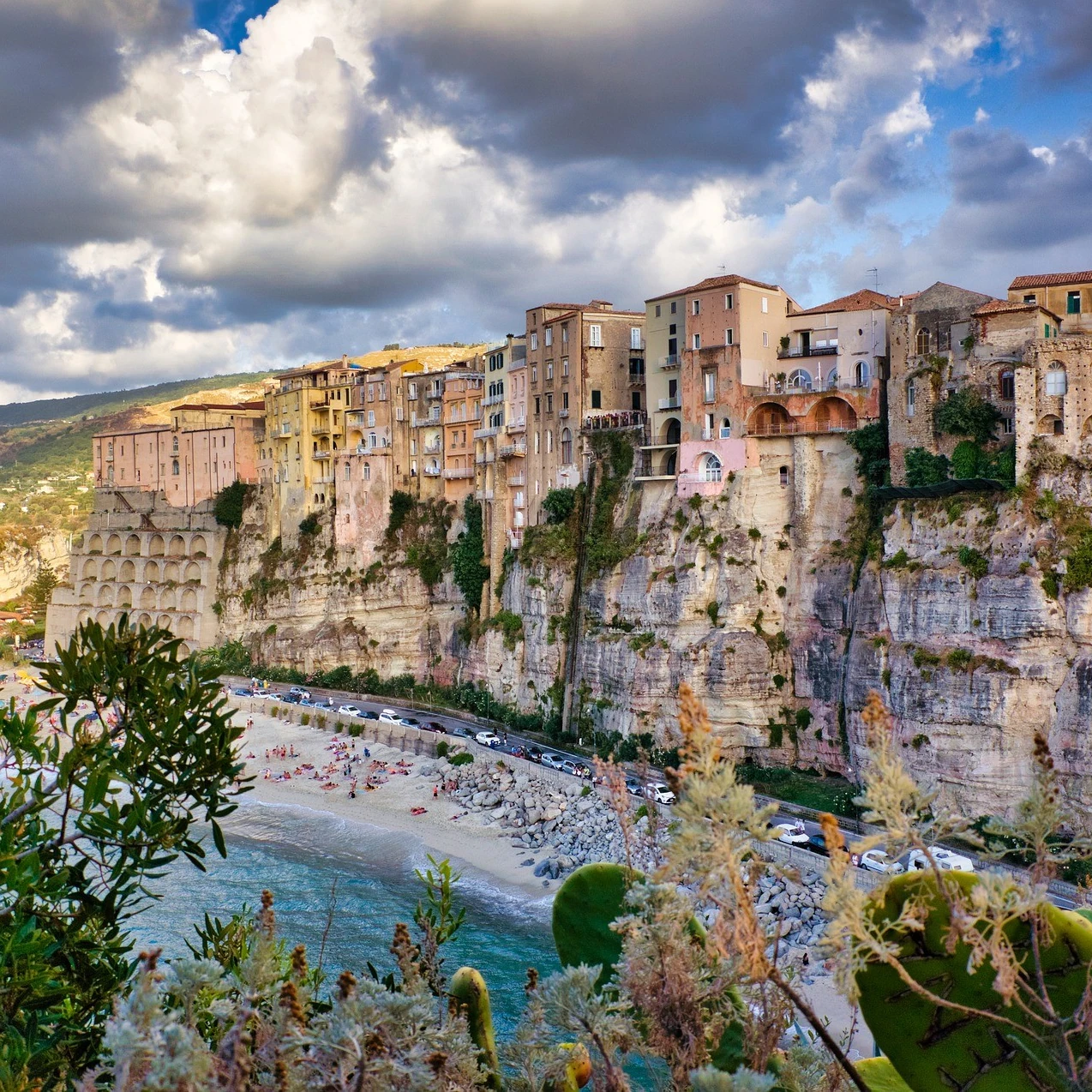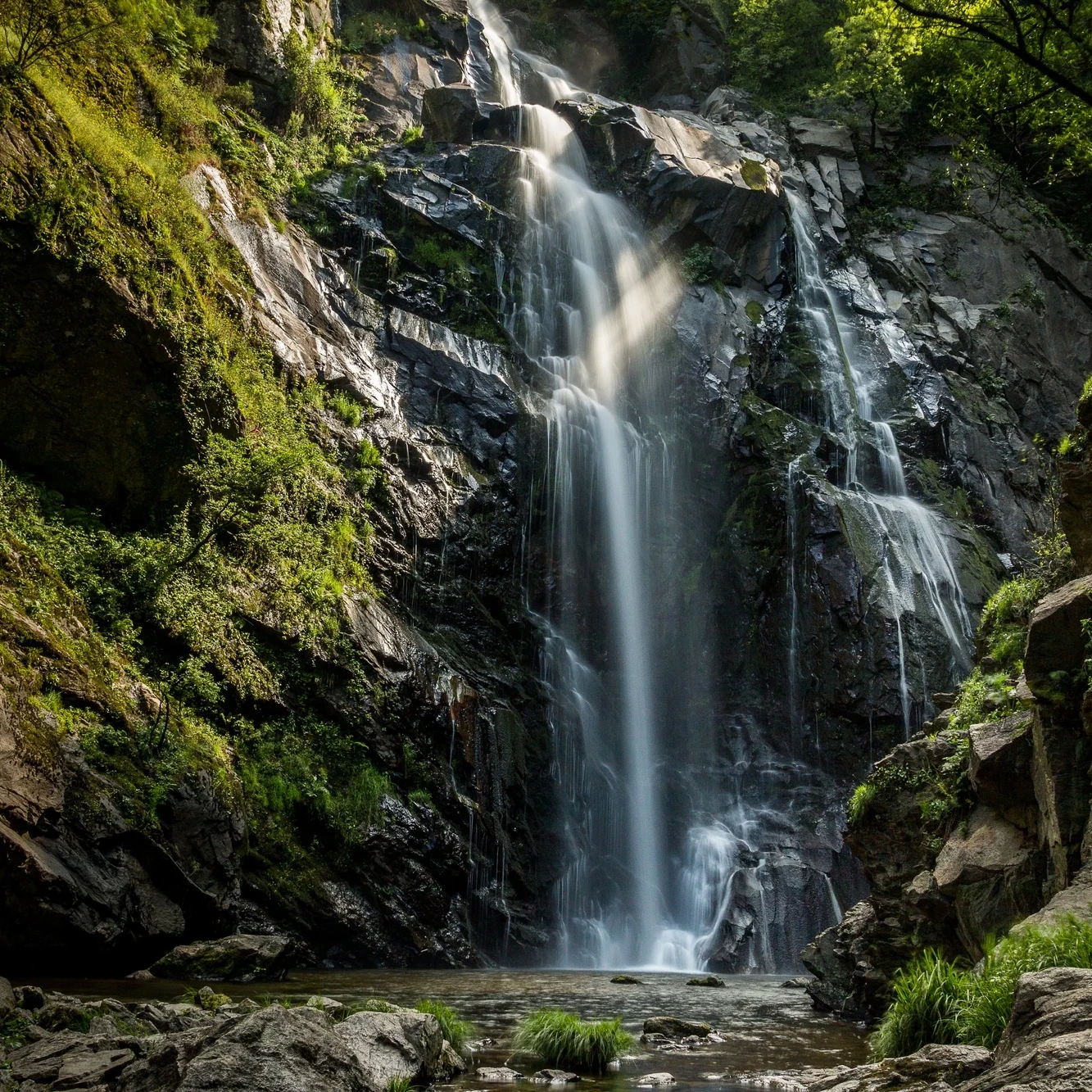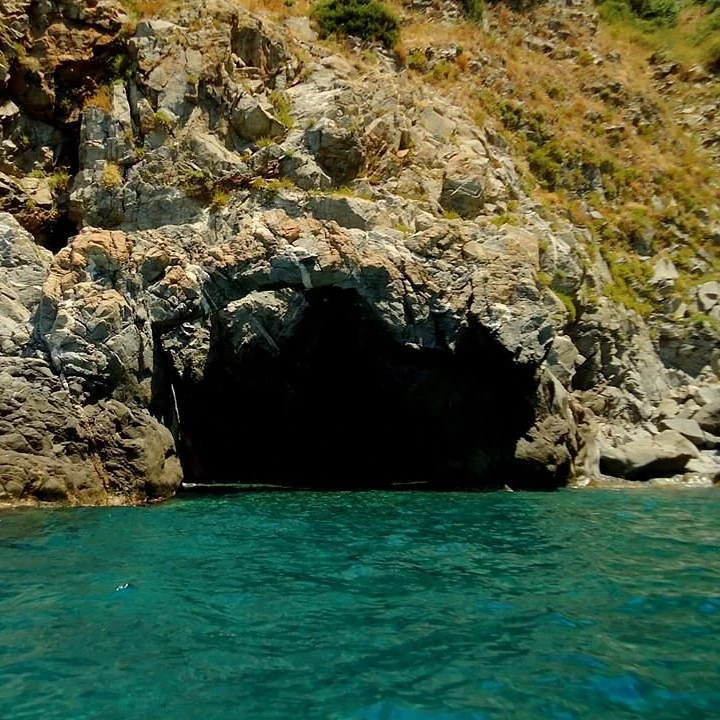Reggio Calabria
History, art, culture, landscape
Reggio Calabria
With its breathtaking views of the Strait of Messina and the Falcomatà waterfront celebrated by Dannunzio as one of Italy's most evocative places, Reggio Calabria is a fascinating city that offers a full range of tourism. Its historical and cultural heritage is vast and heterogeneous and offers so many attractions: from the National Archaeological Museum, which houses the famous “Riace Bronzes,” to the Aragonese Castle; from the Baroque-style cathedral to the numerous Art Nouveau buildings; from the remains of Greek walls to the remains of Roman baths, etc.
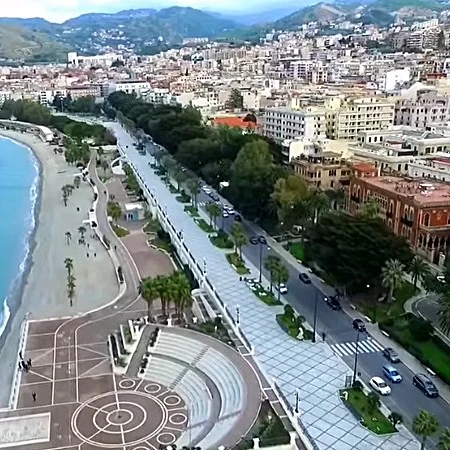
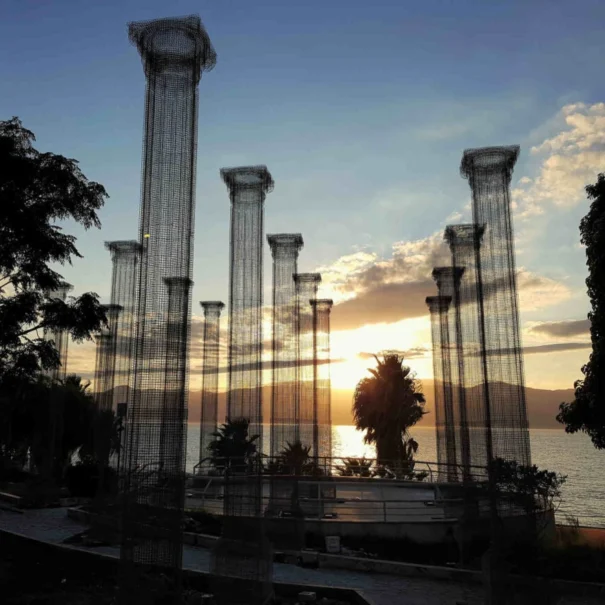
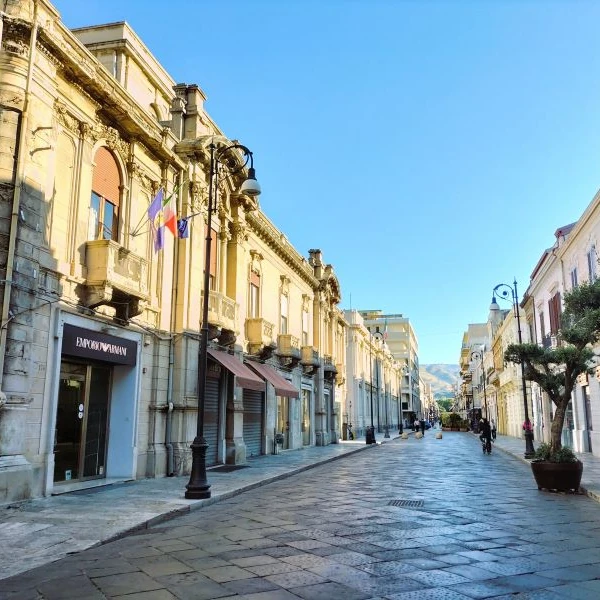
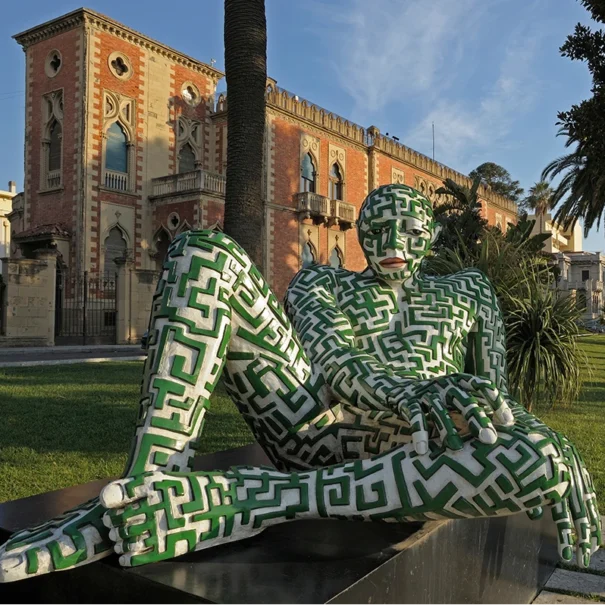
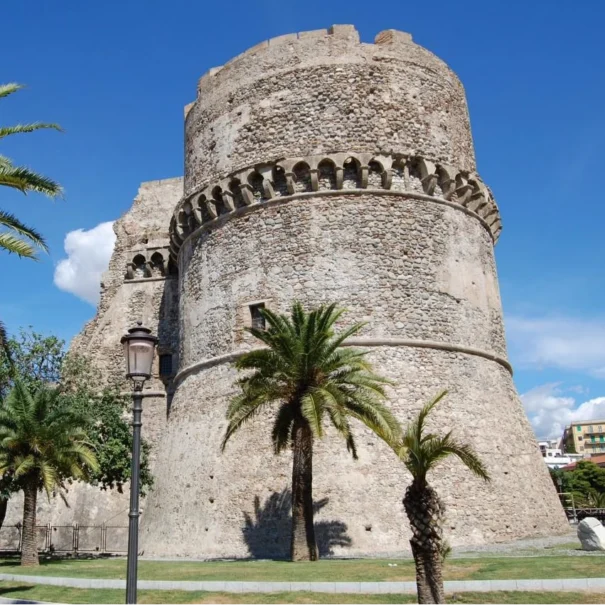
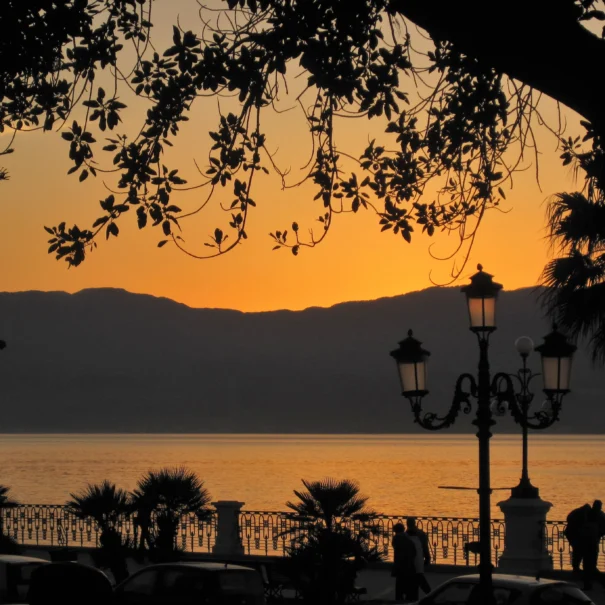
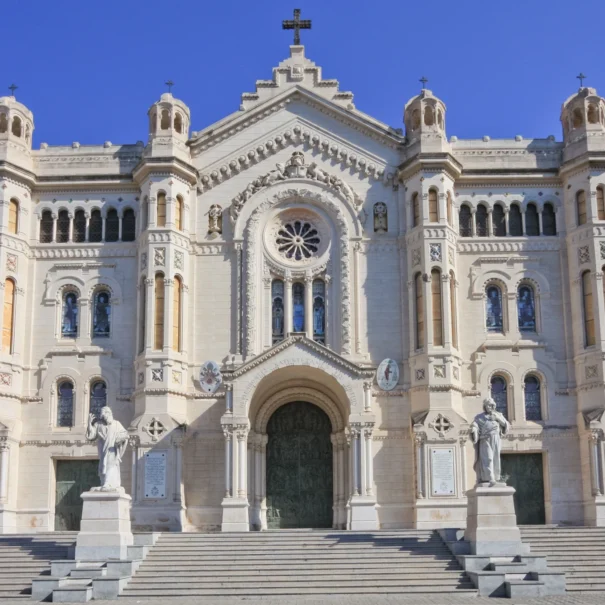
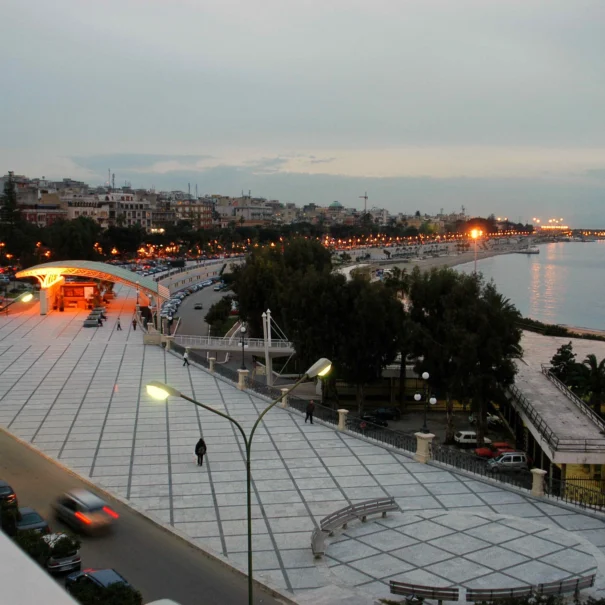
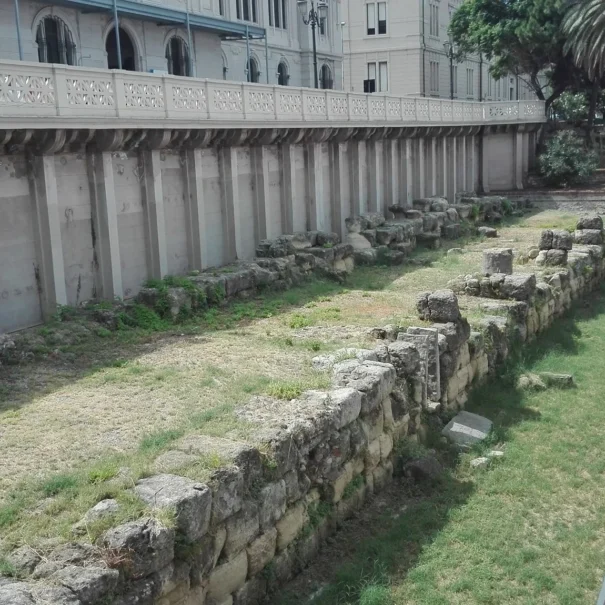
History and Culture
The history of Reggio Calabria dates back to ancient times, with legends linking it to mythological times. It was founded as a Greek colony in the 8th century B.C. and became a flourishing city of Magna Graecia. Later, it was an ally of Rome and played an important role during the Roman Empire. Over the centuries, Reggio Calabria came under the rule of various powers, including the Normans, the Swabians, the Angevins, and the Aragonese. During the Byzantine era, it became one of the great metropolises of the Empire. The city was hit by devastating earthquakes in 1562 and 1783, which caused severe destruction. Later, Reggio Calabria was part of the Kingdom of Naples and the Two Sicilies, before becoming part of the Kingdom of Italy. In 1908 it suffered destruction from another terrible earthquake and tidal wave, so it was rebuilt in the Art Nouveau period but, later was partially damaged by bombing in World War II. To this day it is a beautiful city that preserves the charm and remnants of its important past.
Services and Movida
Reggio Calabria offers a wide range of services that can satisfy different tastes and needs. During the summer, in particular, the Falcomatà waterfront is transformed into a gathering place for young people and families, with numerous clubs and bathing establishments offering music, outdoor dining and other recreational activities. In the street parallel to the seafront that is along Corso Giacomo Matteotti, also known as “via marina alta,” you can enjoy delicious granitas, homemade ice creams and plentiful aperitifs. On the other hand, those who wish to indulge in shopping can easily reach Corso G. Garibaldi, a long pedestrian island that stretches for just under 2 km and is home to numerous businesses.
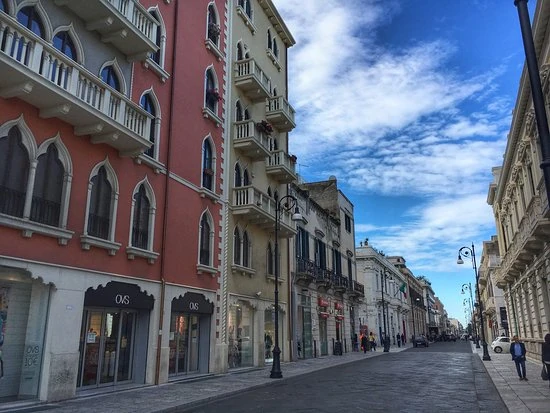
What to see ...
Reggio Calabria is a must-see destination for tourists who wish to discover a unique combination of history, culture and natural beauty. The city, with its famous Riace Bronzes, striking Falcomatà waterfront and enchanting beaches, offers an authentic experience ranging from its ancient Greek origins to its vibrant contemporary atmosphere.
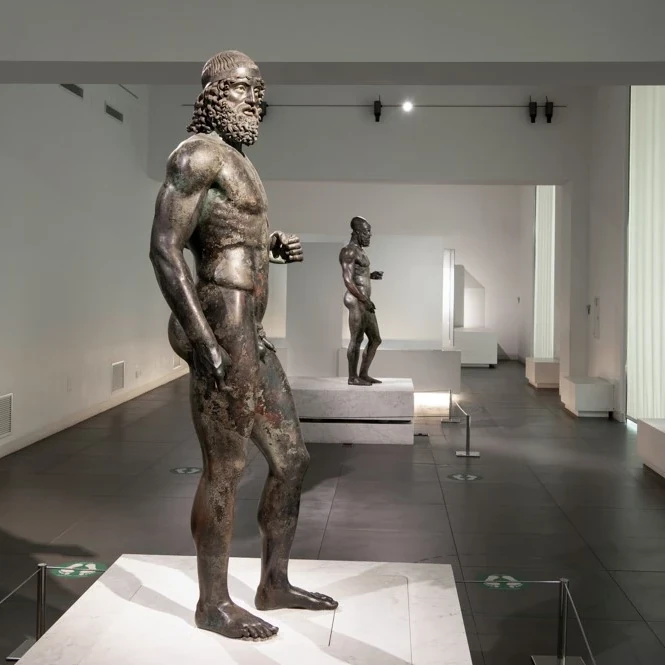
The National Archaeological Museum in Reggio Calabria is one of Italy’s leading museums and one of the city’s most important cultural attractions. Famous for housing the famous Riace Bronzes, two life-size bronze statues dating back to the 5th century B.C., it displays a rich collection of archaeological finds from the Magna-Greek period. The museum’s rooms offer a journey through the region’s ancient history, displaying pottery, coins, jewelry, sculptures and other items of artistic and historical value.
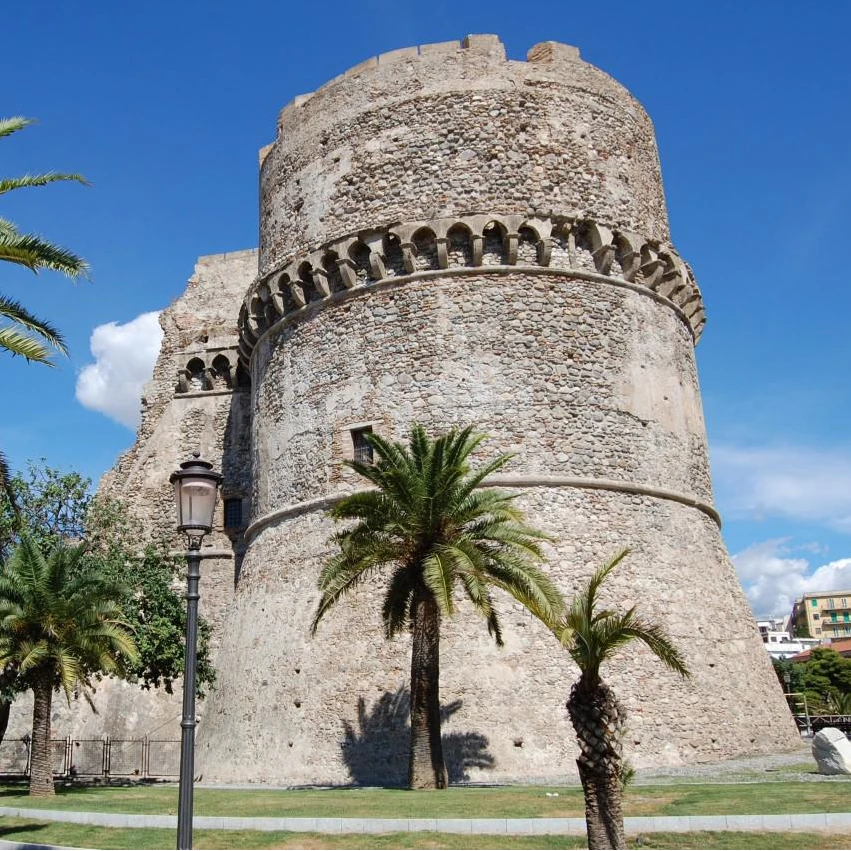
Reggio Calabria’s Aragonese Castle is an imposing fortress that dominates the city’s historic center. Built in the 15th century by the Aragonese, to this day it houses the Civic Museum of Reggio Calabria, which displays archaeological finds and works of art that tell the story of the city and the region. The architecture of the castle is Gothic-Catalan style and has a rectangular plan with four corner towers. Inside, there are interior courtyards, ornate halls, and striking corridors that testify to its ancient majesty.
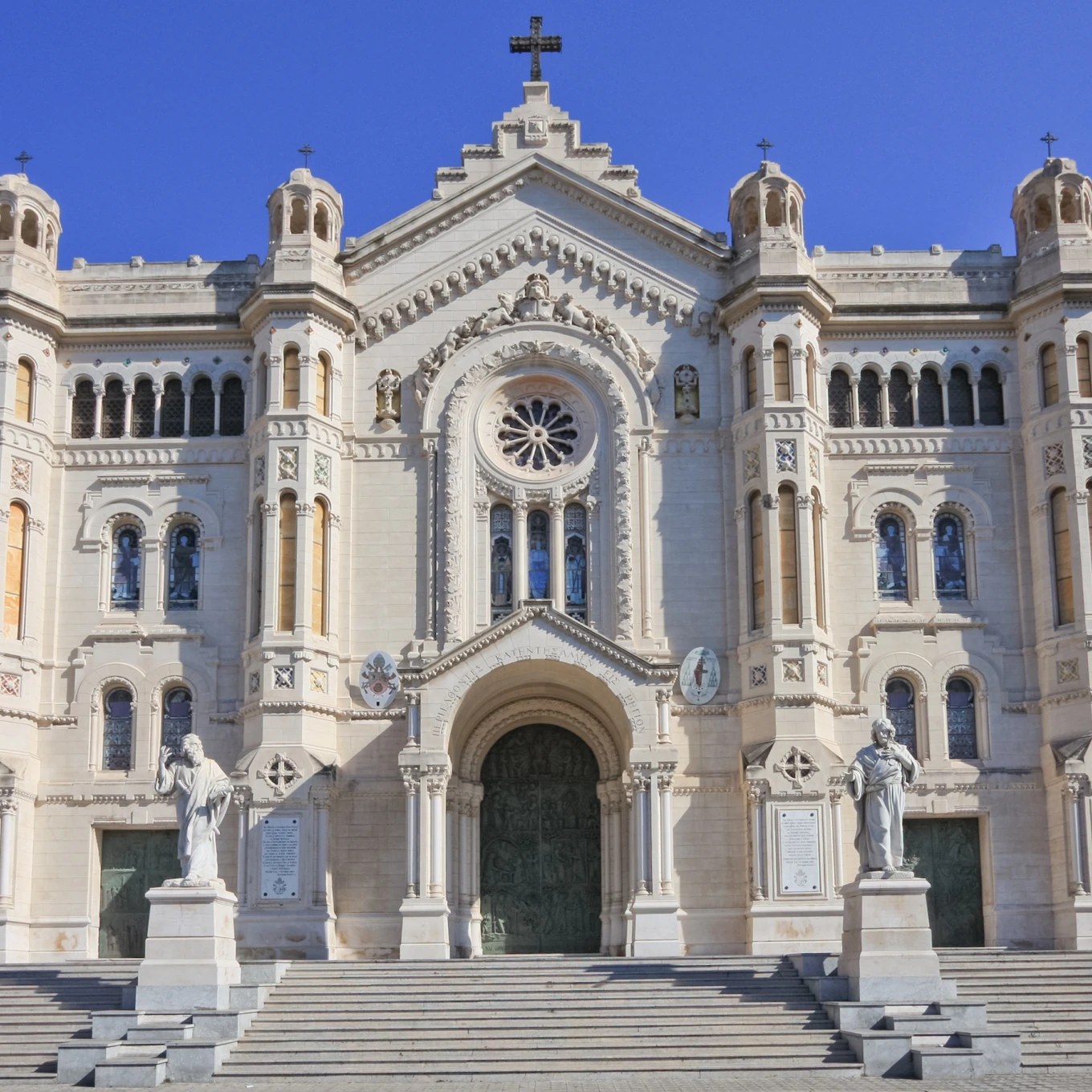
The Cathedral of Reggio Calabria, dedicated to Mary Most Holy Assumed into Heaven, is an imposing neoclassical basilica with Baroque influences. The facade features a portico with Ionic columns and an imposing central rose window. The interior features a nave and a series of side chapels and preserves precious reliquaries and liturgical objects of great artistic and historical value. Prominent among them is the bust of St. Gregory the Wonderworker, patron saint of the city.
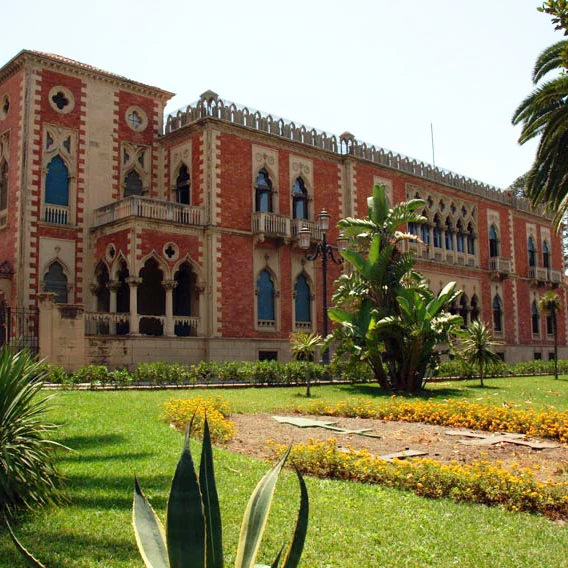
Villa Genoese Zerbi is a prestigious aristocratic residence of great historical and architectural value that, to this day, hosts cultural events, art exhibitions and other events. Built in the 18th century, it features a neoclassical and baroque style with elegant facades, wide staircases and decorative frescoes. The villa is surrounded by a vast park full of mature trees, well-maintained gardens and fountains. Inside you can admire original frescoes and fine period furnishings, an example of the old aristocratic splendor.

The National Archaeological Museum in Reggio Calabria is one of Italy’s leading museums and one of the city’s most important cultural attractions. Famous for housing the famous Riace Bronzes, two life-size bronze statues dating back to the 5th century B.C., it displays a rich collection of archaeological finds from the Magna-Greek period. The museum’s rooms offer a journey through the region’s ancient history, displaying pottery, coins, jewelry, sculptures and other items of artistic and historical value.

Reggio Calabria’s Aragonese Castle is an imposing fortress that dominates the city’s historic center. Built in the 15th century by the Aragonese, to this day it houses the Civic Museum of Reggio Calabria, which displays archaeological finds and works of art that tell the story of the city and the region. The architecture of the castle is Gothic-Catalan style and has a rectangular plan with four corner towers. Inside, there are interior courtyards, ornate halls, and striking corridors that testify to its ancient majesty.

The Cathedral of Reggio Calabria, dedicated to Mary Most Holy Assumed into Heaven, is an imposing neoclassical basilica with Baroque influences. The facade features a portico with Ionic columns and an imposing central rose window. The interior features a nave and a series of side chapels and preserves precious reliquaries and liturgical objects of great artistic and historical value. Prominent among them is the bust of St. Gregory the Wonderworker, patron saint of the city.

Villa Genoese Zerbi is a prestigious aristocratic residence of great historical and architectural value that, to this day, hosts cultural events, art exhibitions and other events. Built in the 18th century, it features a neoclassical and baroque style with elegant facades, wide staircases and decorative frescoes. The villa is surrounded by a vast park full of mature trees, well-maintained gardens and fountains. Inside you can admire original frescoes and fine period furnishings, an example of the old aristocratic splendor.
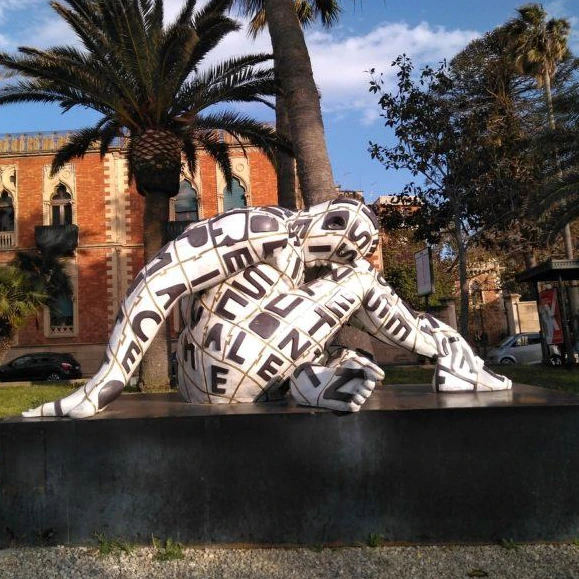
The Falcomatà Promenade, among ancient trees and monuments from the Greco-Roman era, is home to three masterpieces by Roman artist Rabarama. The sculptures, two of which are made of bronze and one of aluminum, although made in a modern style, fit perfectly into the urban fabric of the city and add value to the rich artistic heritage of the city of Reggio Calabria.
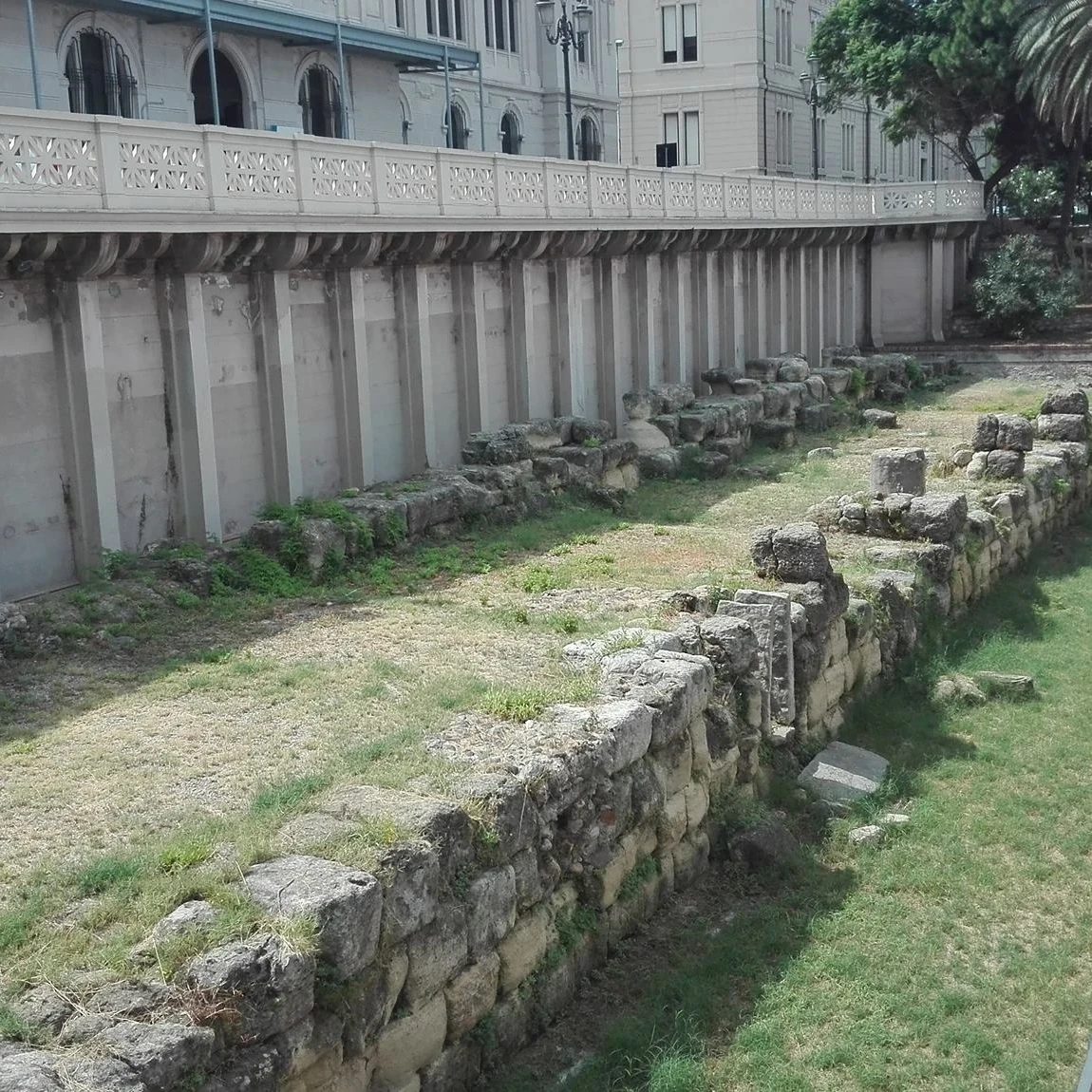
The Falcomatà Promenade preserves the remains of the defensive walls that surrounded ancient Rhegion, one of the most powerful cities of Magna Graecia. These archaeological remains are valuable witnesses to the ancient history of Reggio Calabria and are accompanied by information panels that allow visitors to take a journey into the past.
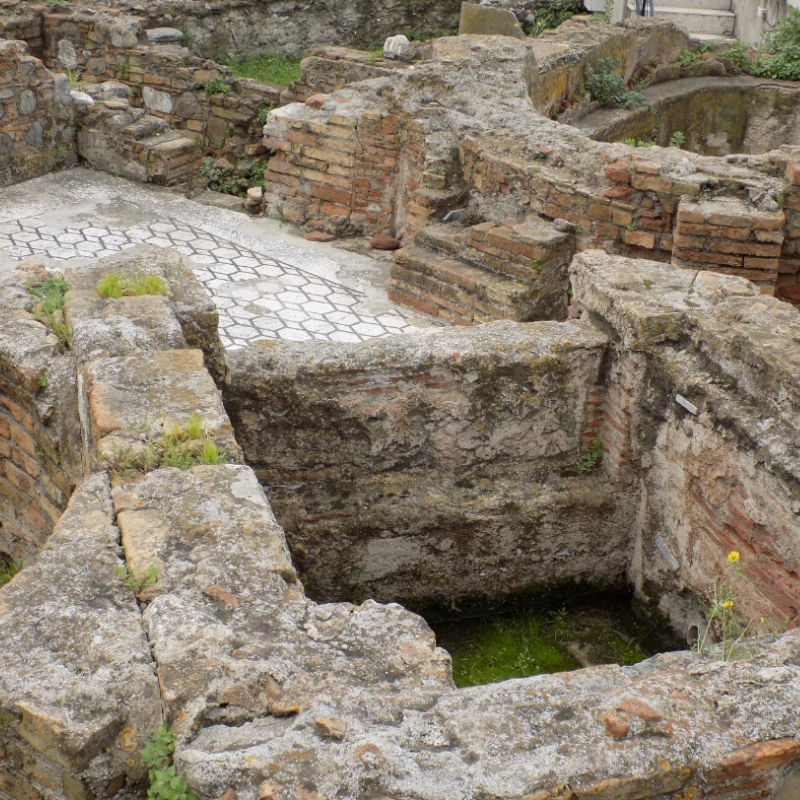
At the end of Lungomare Falcomatà are the remains of ancient Roman baths, protected and enhanced within an archaeological area equipped with information panels explaining the history and importance in daily life of ancient Reghion. Despite their small size, the remains offer insight into how the ancient baths were structured and organized.
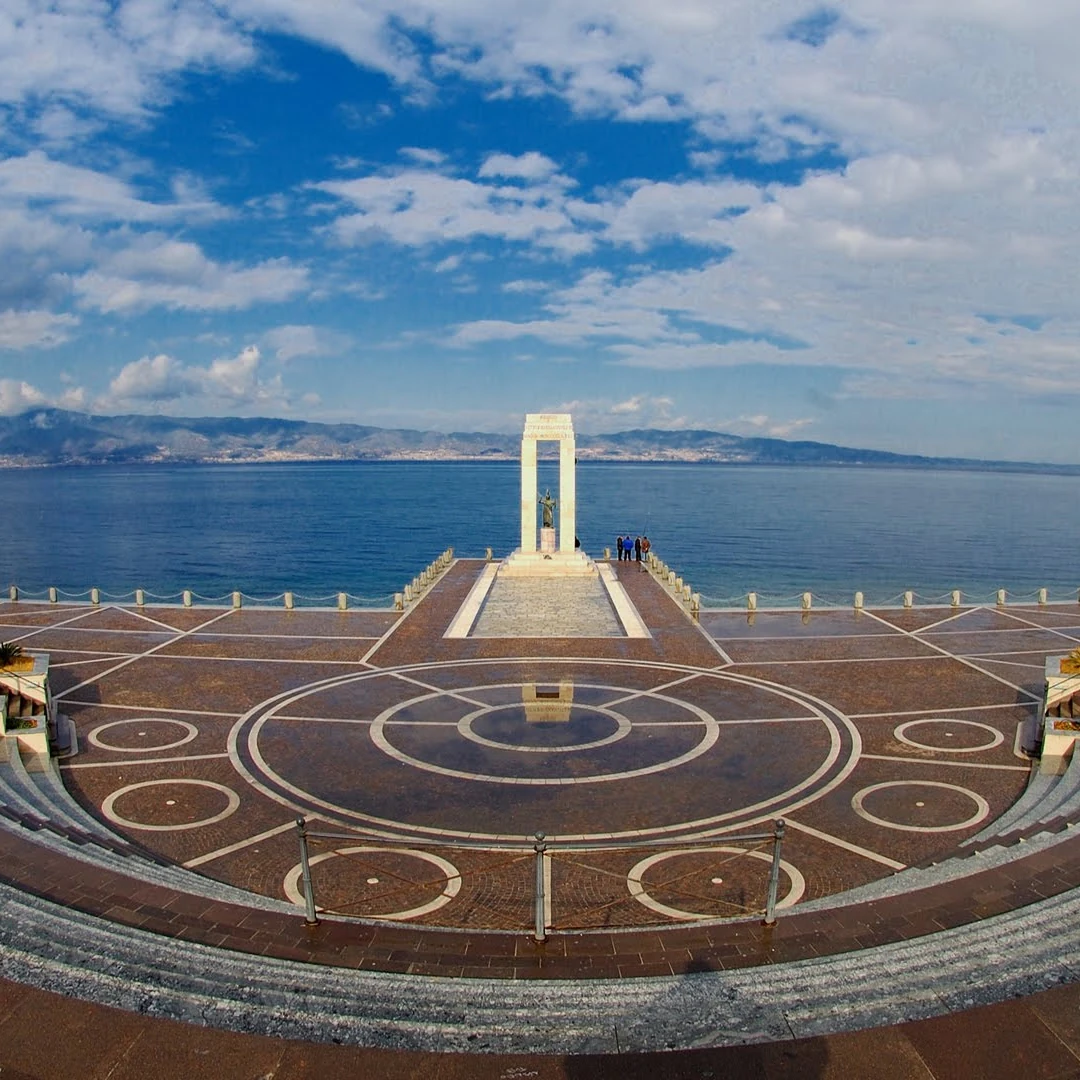
The Arena dello Stretto is a modern open-air theater inspired by ancient Greek theaters and offers a wonderful view of the Strait of Messina. It represents a charming location that hosts events and important cultural events. The bronze statue, by sculptor Bonfiglio, depicts the goddess Athena Promachos, who defends the city of Reggio.

